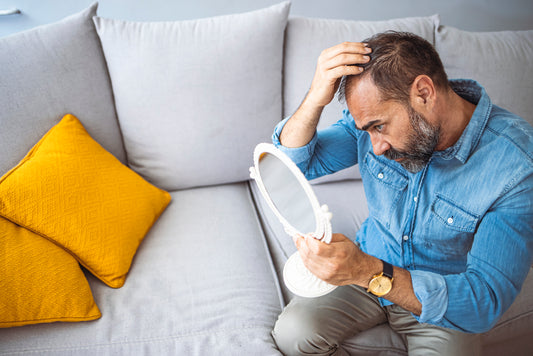Walking might not seem like the most effective way to get fit – but it actually is! The human body is designed to walk. Not only is walking a fun way to improve your fitness, it is also gentle, low impact, super convenient, and free – and it’s suitable for almost everyone.
Walking at a pace of 3.1–4.97 miles per hour is considered moderately intense exercise. [1] Keeping your pace within this range and getting out for at least 30 minutes of walking on most days will give you the greatest reward for your effort. You can even break it up into a few 10 minute walks to fit with your busy schedule. [2]
Here’s why you should walk your way to better health.
Weight Loss
In one hour, a 154-pound person will typically burn: [3]
- 460 calories walking at a pace of 4.4738 mile / hr
- 280 calories walking at a pace of 3.4796 mile / hr
- 370 calories hiking at moderate intensity
When combined with healthy eating habits, burning this many calories with regular walks can help you lose weight.
Studies show that people who walk more tend to be thinner than people who do not walk very often. In a review, researchers found that walking regularly helped overweight and obese men and women of all ages lose an average of 0.05 kg per week – all without changing their diets. [4]
You can increase your weight loss by incorporating strength training into your walks, such as light ankle or hand-held weights, as well as by increasing your pace or the time spent walking.
Cardiovascular Health
Without a doubt, walking is good for your heart. An analysis of 42 studies covering the health outcomes of 1,843 walkers confirmed that people who join walking groups significantly improve their: [1]
- blood pressure (systolic and diastolic)
- resting heart rate
- total cholesterol levels
- bodymass index (BMI)
- percent body fat
- VO2 max (peak oxygen uptake)
In addition to all these benefits, most people find there are no negative effects to walking. [1]
Strong Bones
Weight-bearing exercise, such as walking and hiking, is important for the maintenance of strong, healthy bones. This is because your body is working against gravity, helping to increase bone density.
Increased bone density is an important factor in helping to prevent fractures in postmenopausal women. The 12-year Nurses’ Health Study found that women who walked for at least four hours per week had a 41% lower risk of hip fracture compared with those who walked for less than one hour per week. [5]
Better Mood
Feeling stressed? Then it’s time to get out for a walk. Exercise releases endorphins and improves mood. One study found that stressed university students were able to significantly lower their levels of the stress hormone cortisol by going for a walk. While all forms of walking helped to lower stress, the students who walked in nature experienced the greatest benefits. [6]
It’s no wonder many people return home from a brisk walk with color in their cheeks and a smile on their face.

Immune Support
The next time you feel a sniffle coming on, consider taking your dog to the park or going for a walk through your neighborhood – it may give your immune system the boost it needs! Research shows that walking and other forms of exercise enhance immunity by: [7]
- increasing levels of natural killer cells and white blood cells known as neutrophils
- improving the body’s response to vaccines
- lowering levels of inflammatory molecules
Keeping active is especially important in your later years because it helps to slow the age-related deterioration of your immune system. [7]
Improved Balance and Posture
Walking can be a helpful way to improve your balance and posture as you age. Nordic walking, which involves walking with hand-held poles, is especially helpful because it engages muscles in both the upper and lower body. Using the poles also provides extra support for those who need more stability on uneven terrain.
Researchers observed that women between the ages of 65 and 74 significantly improved their walking form and posture after participating in a 12-week Nordic walking program. [8] As a result, the women also reduced their risk of falling as they age.
Social Engagement
One of the best ways to stay motivated and get yourself out for walks regularly is to join a walking club or hiking group. Walking with others gives you a chance to socialize, meet new people, and explore new routes that you may not feel safe walking by yourself.

Socializing is good for your mental health and research shows that turning your walk into a social engagement lowers your risk of depression. [1] Walking with a group may also increase your walking speed.
There are so many different ways that you can build walking into your life, including solo trekking, walking clubs, Nordic pole walking, speed walking, hiking, dog walking, and many more. However you do it, walking is a sure way to improve your overall health and fitness – and maybe even your social life.













